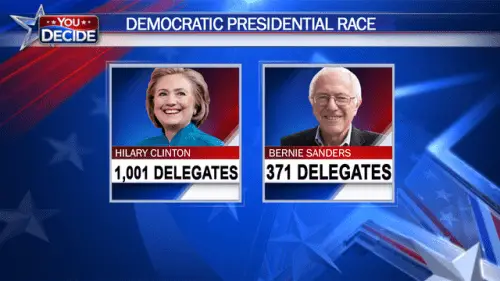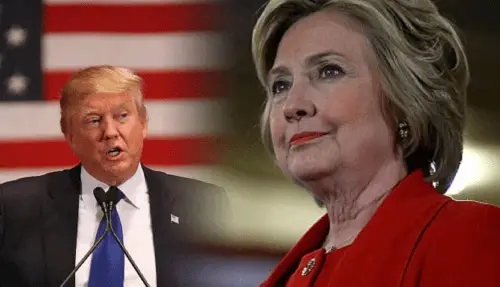In the US, two different kinds of elections are held to determine who will hold public office. While primary and general elections are essential processes in place in a democratic system, each serves different purposes from the other, which this article seeks to explain.
Summary Table
| Primary Election | General Election |
| Electoral process for choosing a candidate to represent a political party | Electoral process for choosing from party candidates who will hold public office |
| Party members compete with each other | Representatives of each political party run against each other |
| Can be open or closed to the voting public | Can only be open to the voting public |
| Handled by the state | Handled by the federal government |
| Ballots cannot contain candidates from other parties | Ballots can contain a mix of candidates from all parties |
Descriptions

What is a Primary Election?
A primary election is an election process that political parties conduct to determine their local, state, and federal candidates who will be running for office in a coming election. Also known as an electoral college, political parties use this process to choose a candidate who stands a better chance of winning a political position over other candidates from other political parties.
A primary election is held before the general election, to choose the political party’s candidate. This person will run in the general election.
You may be wondering why bother with a primary election. That’s a great question! The primary election is held to allow party members the chance to choose their preferred candidate for the given office.
Primary elections are usually held a few months before the general election, but this depends on the jurisdiction. Primary elections are generally held at regular intervals, usually every four years. However, the election frequency depends on the office that’s up for the vote.
There are four types of primary elections:
- Closed primary: only registered party members are allowed to vote.
- Open primary: voters can vote for any party, no matter their party affiliation.
- Semi-closed primary: registered party members are allowed to vote, along with independent voters.
- Semi-open primary: registered party members can only vote in their party’s primary, while unaffiliated voters choose which primary they want to vote in.

What is a General Election?
A general election is the electoral process where voters finally get to choose among the winning candidates from the primaries. It encompasses all levels, starting from the city, county, district, and involves at least two competing parties.
The general election is usually held after the primary election. The winner of the election usually takes office for a fixed term.
General elections are typically held on a fixed date (usually November in the US). However, the date may vary in other countries.
These elections are held at regular intervals, which is generally every four years (though the frequency may vary depending on the office being voted on).
Voting eligibility for a general election is usually based on age and citizenship requirements.
It’s also necessary to be registered to vote in the jurisdiction where the election is held.
Primary Election vs General Election
While both electoral processes are essential in determining who gets to occupy public office, the most basic difference between a primary election and a general election is their specific purpose. Primary elections serve as a means for political parties to choose who will represent their party in local, state, and federal elections. In the US, Republicans compete with fellow Republicans while Democrats square off with Democrats.
A general election then follows where the voting public gets to choose who they want to hold public office from the winning candidates from the primary election. A general election is also necessary to fill positions left vacant because of the death or resignation of the office holder.
Types
A primary election can be closed (registered party members only) or open to the voting public. It can also come in four variations where non-members can vote for their preferred party (semi-closed) or use a party-specific ballot. General elections can only be open and are never closed or semi-closed to the public.
Schedules
The Democratic Party traditionally holds its primaries from January to June of an election year while Republicans choose party representatives from January to July. General elections are held on the first Tuesday of November. Depending on the political position being filled, general elections are conducted every two to six years including presidential elections, and specifically, are held on the first Tuesday of November which may fall anywhere between the 2nd and 8th of the month.





